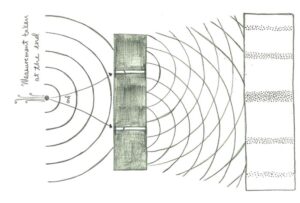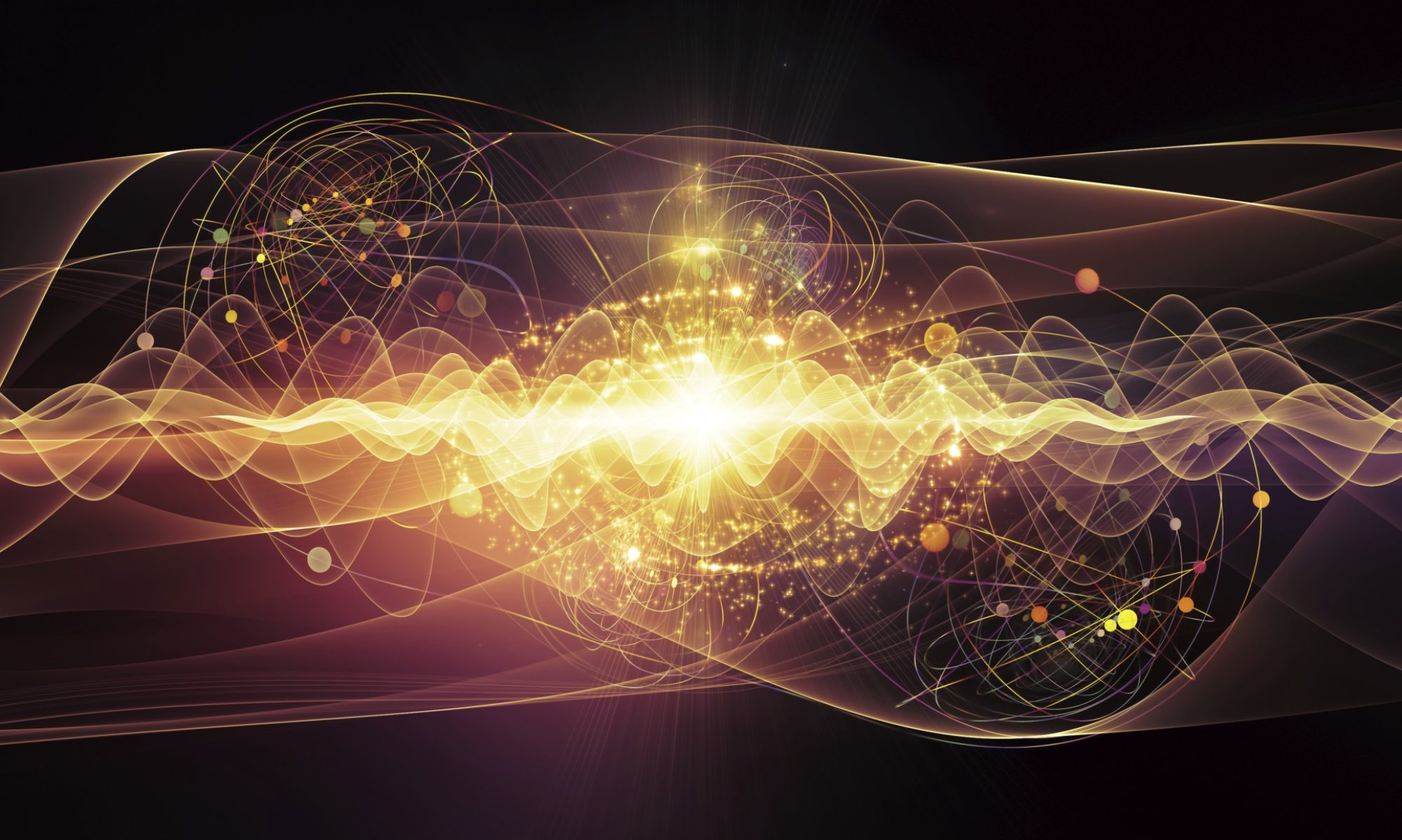
If a tree falls in a forest and no one is around to hear it, does it make a sound? This age-old philosophical riddle has found fresh foundation in modern physics, where the question morphs into something even stranger: Does reality exist without an observer?
At first glance, you might think the answer seems obvious. Of-course reality exists independently of us; planets orbit stars, black holes devour matter, and the red spot storm on Jupiter goes on whether or not we’re watching. But quantum physics, with its counterintuitive effects and observer-based mathematics, complicates this seemingly simple answer. Let’s explore this rabbit hole.
by Gayathri Pillai
Quantum Mechanics and the Role of the Observer
In the quantum realm, particles behave like fuzzy clouds of ‘possibilities’ rather than solid little billiard balls. The famous wavefunction describes all the possible states a quantum system can be in. Say, all the places an electron might be in the atomic orbital.
But here’s the kicker: the wavefunction doesn’t collapse into a definite state until it is ‘measured’. This is central to the Copenhagen Interpretation, the most widely taught take on quantum mechanics. According to this view, the act of measurement (typically involving an observer or a measuring device) forces the particle to “choose” a reality.
In other words: before you look, the particle exists in a state of superposition, a cloud of probabilities. After you look, it’s found somewhere specific.
This sounds as though the observer plays a fundamental role in bringing reality into being. But doesn’t it raise some weird questions? Was the Moon in superposition before humans evolved to look up at it? Was the universe itself indefinite until someone started observing?
The Double-Slit Experiment: A Quantum Mystery
The most mind-bending demonstration of observer-dependent reality is the Double-Slit experiment. When we fire electrons one at a time at a barrier with two slits, a pattern of interference (typical of waves) appears on the screen behind. It’s as if each electron goes through both slits simultaneously, interfering with itself.

But if you place a detector to see which slit the electron goes through, the interference pattern vanishes. Now the electron behaves like a particle, going through one slit or the other.

In simple terms: the electron’s behavior changes based on whether it’s being observed. The key takeaway from this is that observation doesn’t just reveal reality, it changes it.
(It is a very interesting experiment involving many aspects, some paradoxes and their subsequent debunking! If you find yourself interested, look up the following topics: double-slit experiment, delayed choice experiment, quantum eraser. Spoiler alert – physics always stays consistent!)
Is Consciousness Special?
One might think of the idea that human ‘consciousness’ might play a special role in shaping reality. This was famously championed (though later rejected) by physicist Eugene Wigner, who speculated that consciousness collapses the wavefunction.
But most modern physicists are skeptical of this “consciousness causes collapse” idea. Instead, they point out that “observation” doesn’t have to involve a human. Any interaction with a macroscopic environment or measuring apparatus can suffice. The ‘act of observation’ involves ‘interaction’ with what we want to observe. Still, even if consciousness isn’t required, the dependence of a quantum system’s behavior on observation remains undeniably strange.
Alternative Interpretations: Many Worlds and More
Not everyone is comfortable with reality hinging on observation. Enter, the Many-Worlds Interpretation.
Here, instead of the wavefunction collapsing, all possible outcomes actually occur, but in parallel, non-communicating universes. When you measure a particle, the universe branches into all the possible outcomes, and you find yourself in just one of those branches.
According to this view, observation doesn’t create reality, it just determines which version of reality you experience.
Other interpretations, like Bohmian mechanics, propose that particles do have definite positions at all times, guided by a wave function that determines its trajectories. Here too, reality exists independently of observers, but at the cost of embracing hidden variables.
And yet, none of these interpretations make different experimental predictions. So, we’re left with multiple equally valid ways to think about quantum mechanics, and no definitive answer as to whether observation creates or merely selects reality.
Cosmic Perspectives: Before Observers Existed
Zooming out, let’s consider the early universe. For hundreds of thousands of years after the Big Bang, no conscious observers existed. Yet, stars formed, atoms combined, and galaxies spun into being. Doesn’t this prove that reality must exist without observers?
Possibly. But some physicists argue that decoherence (the process by which quantum systems interact with their environments and lose quantum behavior) could explain how the universe “classically evolved” without conscious beings. That is, the universe itself may act as its own observer, constantly collapsing wavefunctions through internal interactions.
It’s not consciousness that matters — it’s information exchange.
So, Does Reality Exist Without Observers?
The jury is still out.
Some interpretations say yes, reality is out there, definite and observer independent. Others suggest that what we call “reality” is tightly linked to measurement and interaction. In quantum mechanics, the line between what is real and what is observed is surprisingly thin.
Perhaps the deeper question isn’t whether reality exists without observers, but rather: what kind of reality? Is it a fuzzy web of potentiality waiting to be pinned down? A branching multiverse of endless outcomes? Or a deterministic hidden layer we’ve yet to glimpse?
Physics doesn’t yet offer a final answer, but in seeking it, we’re reminded that reality, like the quantum world itself, may be more mysterious than we ever imagined.


